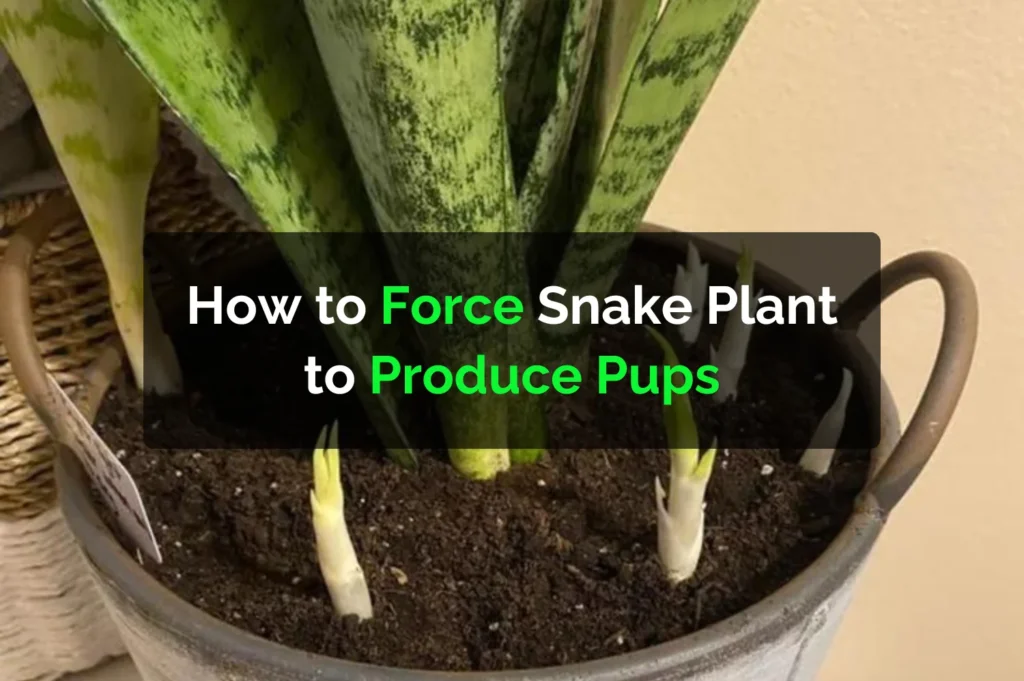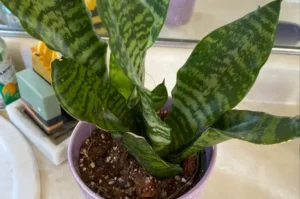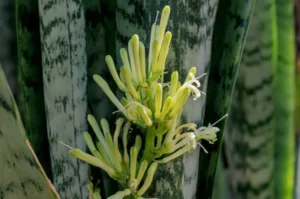Snake plants (Sansevieria), also known as mother-in-law’s tongue, are known for being low-maintenance and resilient. One of their most appealing traits is their ability to produce “pups” or baby plants, which eventually grow into full plants. But sometimes, your snake plant might grow slowly, or not produce pups at all. So, how do you encourage or force your snake plant to produce more pups?
In this guide, we’ll walk you through proven methods to boost pup production in snake plants naturally and effectively.
What Are Snake Plant Pups?
Before diving into the “how,” it’s important to understand what pups are.
Pups are small offshoots or baby plants that sprout from the rhizome, a thick underground stem that stores nutrients. These pups grow near the base of the mother plant and can be separated and repotted once mature.
Why Is My Snake Plant Not Producing Pups?
There are several reasons your snake plant might not be producing pups:
- Insufficient light
- Nutrient deficiency
- Overwatering or underwatering
- Tightly packed roots
- Lack of maturity
A healthy, mature plant with the right conditions will be more likely to send out new pups.
1. Provide Bright, Indirect Sunlight
Light plays a vital role in photosynthesis, which directly affects plant growth and pup production.
What to Do:
Place your snake plant near a south- or east-facing window where it can get bright, indirect sunlight for at least 6 hours daily.
Avoid harsh direct sunlight, especially in the afternoon, as it can scorch the leaves.
2. Use the Right Pot Size
Snake plants like to be slightly root-bound, meaning their roots prefer a snug fit. However, if the pot is too tight, the plant may not have enough room to produce pups.
What to Do:
Choose a pot that’s about 1–2 inches wider than the current root ball.
Avoid oversized pots, as they hold excess moisture and discourage pup formation.
3. Choose a Well-Draining Soil Mix
Pups won’t thrive in soggy soil. Poor drainage leads to root rot, which weakens the rhizome and prevents pup growth.
What to Do:
Use a succulent or cactus soil mix that drains quickly.
You can also make your own by mixing:
- 2 parts potting soil
- 1 part perlite
- 1 part sand or coco coir
4. Fertilize Sparingly But Effectively
Snake plants don’t need heavy feeding, but the right nutrients can encourage new growth.
What to Do:
Use a balanced fertilizer (like 10-10-10 or 20-20-20) during the growing season (spring and summer) every 4–6 weeks.
Avoid fertilizing in winter, as the plant goes dormant.
Tip:
Adding a phosphorus-rich fertilizer (like bloom booster) can help stimulate rhizome activity, which may increase pup production.
5. Encourage Root Division
If your snake plant is large and hasn’t been repotted for a while, the roots may be too crowded. This can block the emergence of new pups.
What to Do:
Gently remove the plant from its pot and inspect the roots.
If you see separate clusters or rhizomes, divide them using a sterilized knife.
Repot the divisions in fresh soil and water sparingly. This encourages each section to establish and potentially produce new pups.
6. Stress the Plant Gently
Plants naturally reproduce when under mild stress, like drought. This survival tactic helps them pass on their genetics before “dying.”
What to Do:
Reduce watering for a few weeks, just enough to prevent the plant from wilting.
This controlled stress can prompt the snake plant to send out pups.
Caution: Don’t overdo this. Prolonged drought will damage the plant rather than stimulate growth.
7. Maintain Warm Temperatures
Snake plants thrive in warm conditions and are more likely to produce pups in temperatures between 70–90°F (21–32°C).
What to Do:
Keep your plant in a warm, draft-free area.
Avoid placing it near cold windows or AC vents, especially in winter.
8. Be Patient – Maturity Matters
Snake plants typically begin producing pups when they are mature, usually around 2–3 years old. Younger plants may take time to develop a strong enough rhizome system to generate offshoots.
If your plant is healthy and you’re providing the right conditions, patience is sometimes all you need.
Frequently Asked Questions (FAQs)
Can I speed up pup growth once it starts?
Yes! Once pups appear, continue providing consistent light, water, and nutrients. Avoid transplanting too early, let the pup grow at least 4–6 inches tall.
Should I separate the pups or leave them attached?
You can do either. Leaving pups attached will create a fuller plant. Separating them gives you new plants. Wait until pups have their own root system before separating.
Conclusion
Forcing your snake plant to produce pups isn’t about shortcuts; it’s about creating the perfect environment for natural propagation. With proper lighting, good soil, the right pot size, and a little patience, your plant will reward you with healthy, vigorous pups.






